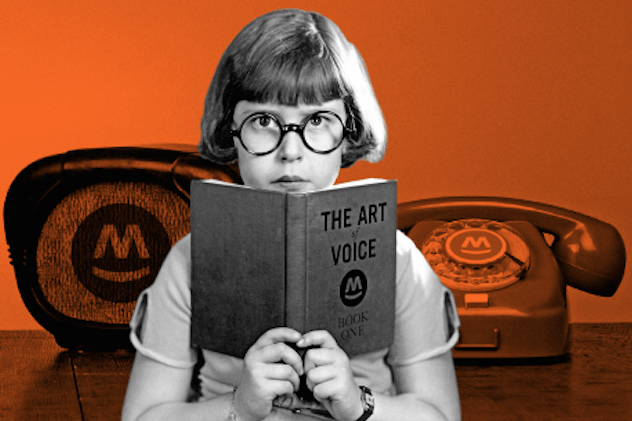“Sean tus agudezas sin mordacidad,
tus bromas sin vileza,
tu risa sin carcajadas,
tu voz sin alboroto,
tu andar sin atropellamiento.”
Lucio Anneo Seneca
Este blog inaugura una serie ilimitada de posts sobre la voz. Algunos serán etéreos y otros terrenales. Un espacio a medio camino entre pensar y funcionar. Empezaremos por la base: Respirar | This blog opens an unlimited series of posts about the voice. Some will be ethereal and another earthly. A space halfway between thought and work. We start off from the base: Breath
El secreto de cualquier buena voz es siempre el mismo: sacar el máximo partido a los pulmones. La voz no es más que aire vibrando de una determinada manera tras su paso por el aparato fonador. Por lo tanto, para controlarla es imprescindible que seamos dueños de nuestra respiración. Esto lo conseguiremos cuando dominemos la respiración diafragmática.
Celia Guisasola, foniatra con un amplio recorrido dentro del mundo de la voz en el ámbito interpretativo, lo explica así en El País: “La respiración diafragmática consiste en respirar con todo el pulmón. La mayor parte de la gente respira solamente con la parte superior de los pulmones y, de esa forma, no tenemos ninguna musculatura capaz de mantener el aire para gestionarlo. En cambio, en la respiración diafragmática, utilizamos el tejido músculo-tendinoso para mandar la cantidad de aire que necesitamos”. Un truco para saber si se está respirando correctamente es fijarse en las costillas flotantes (los dos últimos pares): si lo hace diafragmáticamente, se moverán.
“Be your acuities without vitriol,
your jokes without vileness,
your laughter without laughter,
your voice without riot,
your walk without runover.”
Lucio Anneo Seneca
The secret of any good voice is always the same: make the most of the lungs. The voice is not just air vibrating in a certain way after passing through the fonador device. Therefore, to control it is essential that we are owners of our breath. This will get it when we take back the diaphragmatic breathing.
Celia Guisasola, phoniatrist with an extensive tour in the world of voice in the interpretive field, explains it this way in the country: “diaphragmatic breathing consists of breathing with full lung. Most people breathe only with the top of the lungs and, in this way, we don’t have any muscles capable of maintaining the air to manage it. On the other hand, diaphragmatic breathing, we use muscle-tendinous tissue to control the amount of air that we need”. A trick to know if you are breathing correctly is to look at the floating ribs (the last two pairs): If you do it with the diaphragm, it will move.


